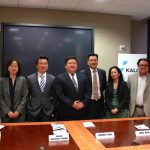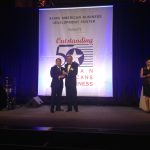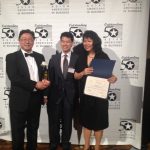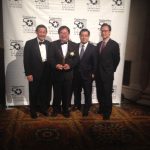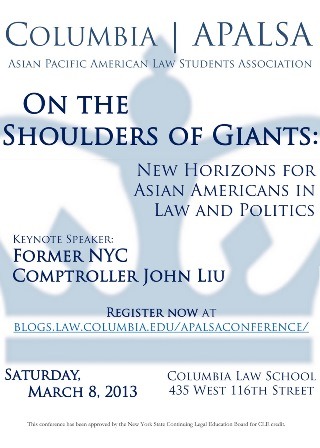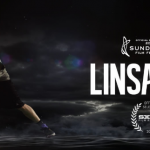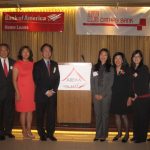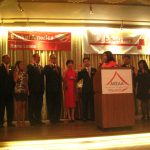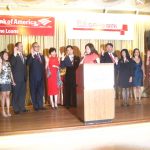The Asian American Legal Defense and Education Fund (AALDEF), founded in 1974, is the first organization on the East Coast to protect and promote the legal rights of Asian Americans through litigation, legal advocacy, and community education. For more information about AALDEF, please visit our website at www.aaldef.org.
Fall internships are available for the following program areas (open to all unless otherwise noted):
Immigrant Access to Justice, litigation, legal services, and organizing/outreach with communities impacted by post 9/11 immigration and law enforcement policies. An additional emphasis on Asian communities’ access to representation and education about immigration policies and practices that may impact them, including deferred action policies and administrative relief for youth and other immigrants, unconstitutional DHS stops, and collaboration between state/local law enforcement and federal immigration enforcement, e.g., “Secure Communities” program. **Law students ONLY**
Voting Rights, legal research and fact development under the Voting Rights Act and Equal Protection Clause challenging anti-Asian voter discrimination, advocacy on bilingual ballots, and state and local election reform; produce reports and organize public forums; work with volunteer attorneys and assist in organizing legal trainings. Voting Rights Interns work on the following:
- Election monitoring to ensure that Asian Americans are treated fairly at the polls and to document violations of the Voting Rights Act and the federal Constitution. The Voting Rights Act mandates the availability of Chinese, Korean, and Bengali language assistance and forbids anti-Asian voter discrimination.
- Work with pro bono lawyers at corporate law firms and volunteer law students to inspect poll sites for compliance with the Voting Rights Act and the Help America Vote Act.
- Coordinate a survey of Asian American voters to document the use of bilingual ballots and report on Asian American voting patterns. The survey will be taken at several poll sites across the nation. Interns will recruit, train, and supervise volunteers, as well as coordinate logistics at three dozen polling locations.
- Register new voters after citizenship swearing-in ceremonies.
- Conduct research and advocacy on local, state, and federal election reform proposals.
Administrative Assistant, provide administrative support in preparation for AALDEF’s annual gala, including: researching for prospective dinner sponsors and silent auction donors. Computer experience with databases, graphics and web programs are helpful. **Undergraduate students ONLY. Workstudy grants accepted.**
Description of Internships:
Interns are supervised by attorneys and/or AALDEF staff in specific program areas. These internships are not paid positions, but academic credit may be arranged. Interns work anywhere between 8 to 25 hours per week. The internship usually commences with the start of classes and ends in early December.
To Apply:
Any bilingual ability should be stated in the resume. Bilingual ability is helpful but not required. Applications should also state the number of hours the intern is able to work per week and which program area(s) you are interested in. Email applications are accepted. Applications reviewed on a rolling basis. Send a resume and cover letter (law students should include a writing sample) to:
AALDEF Fall Intern Search
Asian American Legal Defense and Education Fund (AALDEF)
99 Hudson Street, 12th floor, New York, New York 10013-2815
Fax: 212-966-4303 or Email: info@aaldef.org
For more information, contact Jennifer Weng at 212-966-5932, ext. 212 or jweng@aaldef.org.



